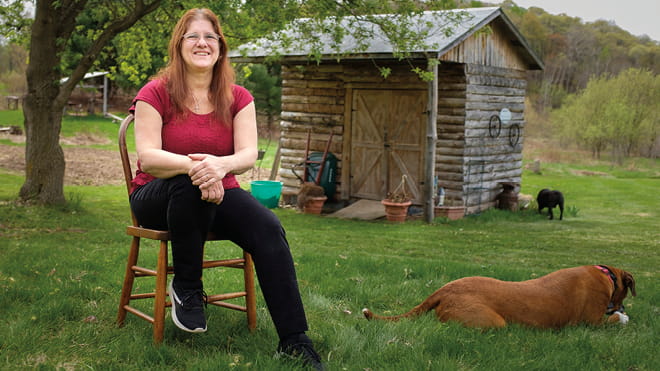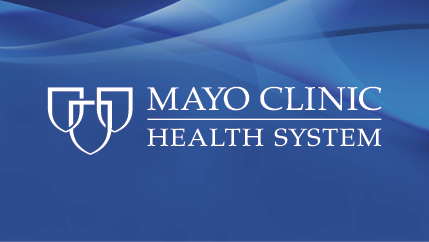Recent Posts
-

-
 Patient StoriesA lifesaver saved: An EMS veteran’s journey from rescue to recoveryNovember 14, 2025
Patient StoriesA lifesaver saved: An EMS veteran’s journey from rescue to recoveryNovember 14, 2025 -

Why Jim Benjamin is grateful for popcorn

After talking with Jim Benjamin, you learn that he is a very grateful man.
First, the Lino Lakes, Minnesota, resident is grateful for popcorn. If he hadn't eaten some popcorn at the movies last March, he might never have had the abdominal pain that led him ― with his wife's encouragement ― to go to a nearby hospital. There, he was diagnosed with diverticulitis triggered by popcorn.
That wasn't all. A few days later, he received a call. The CT scan taken in the emergency department also raised concerns that he might have kidney cancer.
Jim believes that if it weren't for the popcorn, he would not have been diagnosed at all. As he learned, kidney cancer is hard to detect, with no symptoms in early stages.
The doctors at his local hospital recommended a traditional approach to this diagnosis: removal of the entire kidney through an open incision. Jim scheduled the surgery.
But then a friend suggested Jim get a second opinion from Scott Pate, M.D., a urologist at Mayo Clinic Health System in La Crosse, Wisconsin. The friend highly recommended Dr. Pate, so Jim called and scheduled a video appointment with Dr. Pate.
Jim is grateful for that, too.
The video appointment with Dr. Pate saved Jim at least four hours on the road, driving back and forth from Lino Lakes to La Crosse, and other travel costs. And since this was during the COVID-19 pandemic, it helped him manage social distancing and protect himself and his care team.
And that wasn't all.
"Prior to seeing Mr. Benjamin during the first video appointment, I reviewed his outside records and imaging. The imaging showed a 4-centimeter mass on his left kidney," says Dr. Pate. "Traditional surgery would remove the entire kidney through a larger incision and lead to a longer, more painful recovery and opioids to manage the pain. He'd have to stay in the hospital for several days and then more time at home recovering."
Dr. Pate had another answer: robotic surgery.
"This surgery could be safely performed robotically," Dr. Pate says. "Robotic technology uses small keyhole incisions ― the size of a fingertip ― to cut out the tumor in the kidney and then close the incision with suture."
After this surgery, the patient could expect to go home the next day. Dr. Pate shared this information with Jim during the video appointment and, again, he was grateful.
Jim canceled the surgery at the local hospital and worked with Dr. Pate's team to schedule the robotic surgery at Mayo Clinic Health System.
On the day of the surgery, Jim and his wife drove to La Crosse. Thirty minutes prior to the surgery, Jim met Dr. Pate for the first time in person to discuss the procedure and the next steps. The surgery was successful, and Jim was discharged the next day.
And, yes, he was grateful.
"We'll follow Mr. Benjamin for several years virtually to spare him travel," says Dr. Pate. "We've already had our first postoperative video appointment, and he's doing very well. This kind of interaction — a video appointment as a first encounter — is a real benefit. It minimizes drive time and travel costs for patients in nearby major cities, (which is) especially relevant during a pandemic. Mr. Benjamin and his wife only had to travel to La Crosse one day rather than several days. This is how health care should and can be done."
The relaxation of certain state and federal regulations during the COVID-19 pandemic allowed this interaction to occur.
"This is just one of many examples showing the need to manage federal and state regulations to make it easier for patients to get the kind of care they need and want through telehealth connections," says Steve Ommen, M.D., medical director of Mayo Clinic's Center for Connected Care.
Certainly, Jim Benjamin is grateful. He's grateful for popcorn, friends, video connections, robotic surgery and Dr. Pate.
As he put it, after this health care journey, "I feel great, and I'm grateful."



